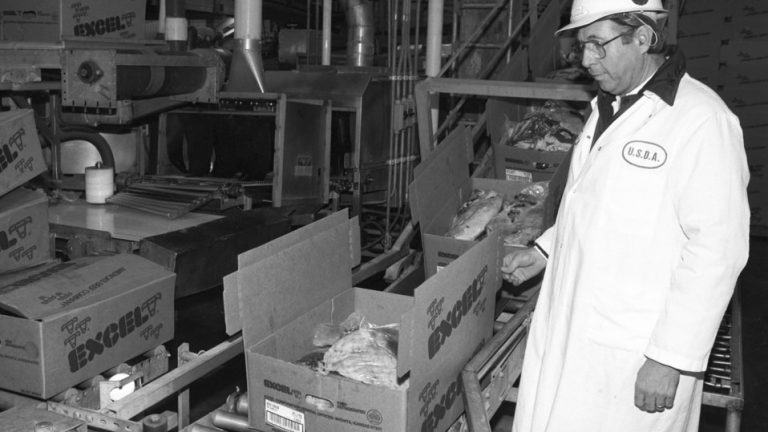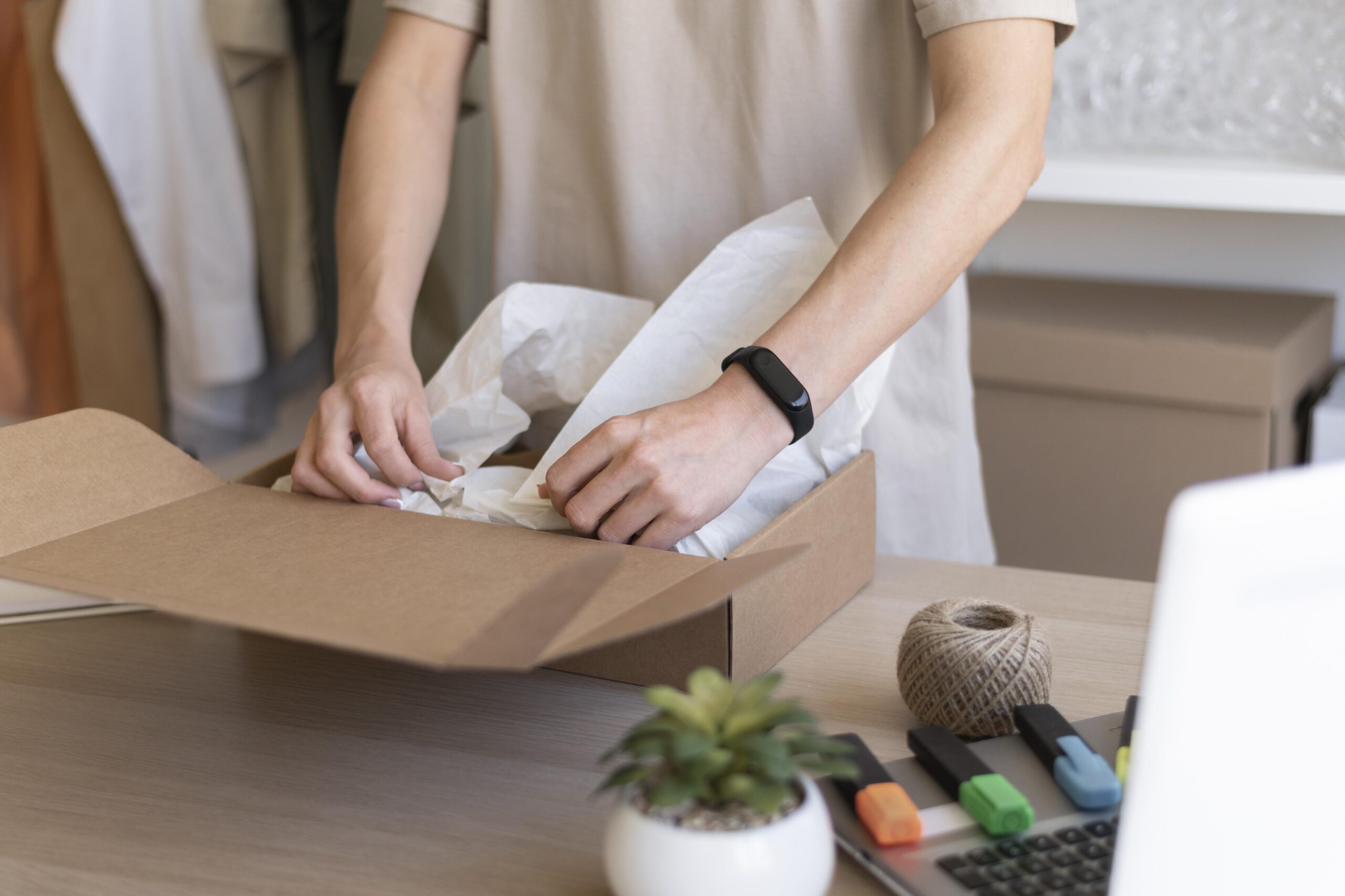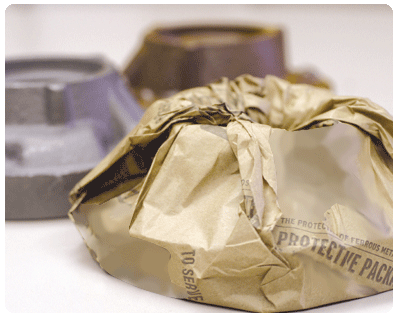As a business owner, you have a product (or several products) that you sell to consumers at a price created from careful calculations regarding the cost of the item from start to finish. However, the final process, the packaging, often consumes far more of your budget than initially anticipated. The good news is that there are ways to cut costs in the packaging process and help you recover monies without having to raise the price of your product.
Design Ahead of Time
Every product has its own label and packaging that eventually becomes branded and as such becomes a part of the product or company’s identity. Unfortunately, many companies (during the trial and development stages of the product) overlook the fact that the package plays a vital role in acquiring sales. If this part of the process is not factored in and developed along with the product from the onset, it can cost you much more later due to delays in the release date, and the increased cost of having to craft the product packaging design.
Inventory
Tracking inventory and changing the sizes and materials as your need arises is critical for both damage control and cost-effectiveness. If you use a box that’s too big or too small for shipments you increase the risk of damage during transport. At Overbeck Machines, for example, they often have to ship unusually shaped items after machining them. So, in their case, the exact measurements from side to side and top to bottom are critical.
Pay a Little More Now
It’s unfortunate that many business owners shop cheap when it comes to the machinery needed in the packaging department to produce their supplies in mass numbers. Maybe early on the thought process is “why invest a lot if the product doesn’t become a big seller?” However, in an industrial setting, you must anticipate that your machinery needs to last for the long run and not for the short term. Buying or leasing inadequate machinery means you will ultimately spend more either by needing a total replacement or replacement parts. You must also factor in your down-time. While the machine sits idle, you’re losing money.
Utilizing Technology
If you are new to the business world, you may wonder why a successful company changes the packaging on a big selling item. The answer is simple: to cut costs. Using advancements in technology to improve the package, as well as figuring out ways to use less of the packaging material overall, results in a large savings. The same rule applies to new and improved machinery that eliminates the need for a separate label, allowing you to imprint the product description and safety information directly onto the container with just one step.
Organization
Of course, you can have all the latest technology and a stellar product, but if your packaging department is a mess, you can still lose money. Organizing the space to make sense, going from the start of the assembly to the final packaging will allow the operation to function like a well-oiled machine and hum along without delays.
Automation for Final Shipping Process
The final process before shipping out the package is to package it in a sealed box. If you currently have several workers dedicated to this process, you may be spending more than you need to across the board. The manual process of constructing, stuffing and sealing boxes prior to shipment takes up a lot of time. Instead, consider investing money in automation. Today, there are packaging machines that can do everything helping not only to speed up the production time, but also reduce waste, reduce the possibility of injuries, and create perfectly shipped packages every time, giving your company a stout reputation for quality assurance.
Packaging is an important component for any business to take into account prior to establishing the cost of the product. As time moves forward, it’s in your best interest to keep an active watch on changes in procedures, materials and packaging equipment.



